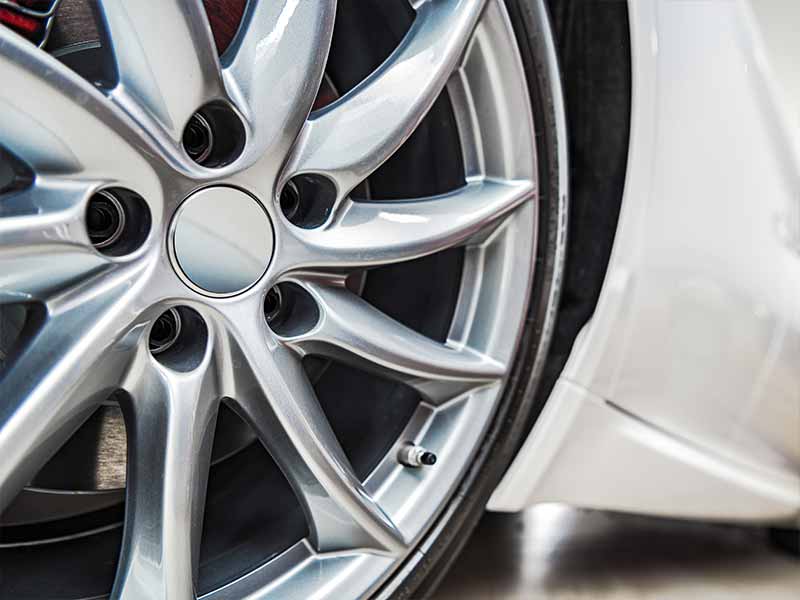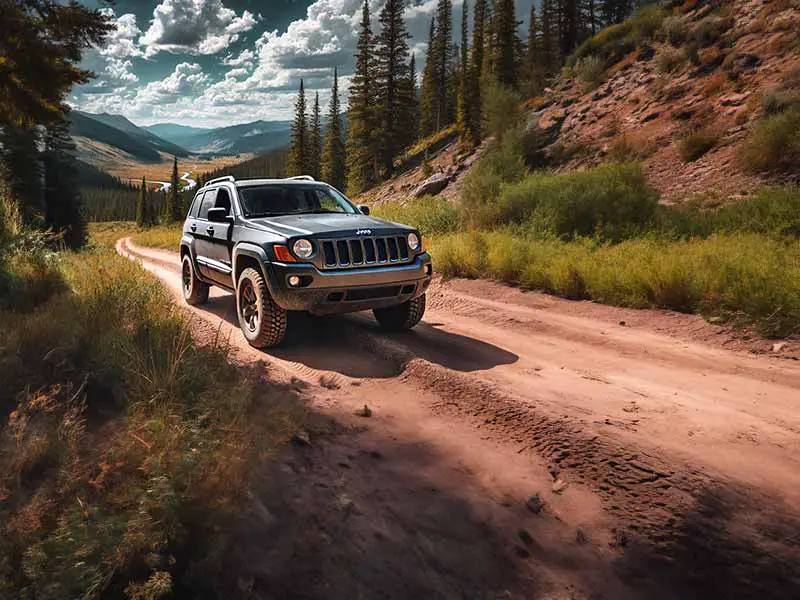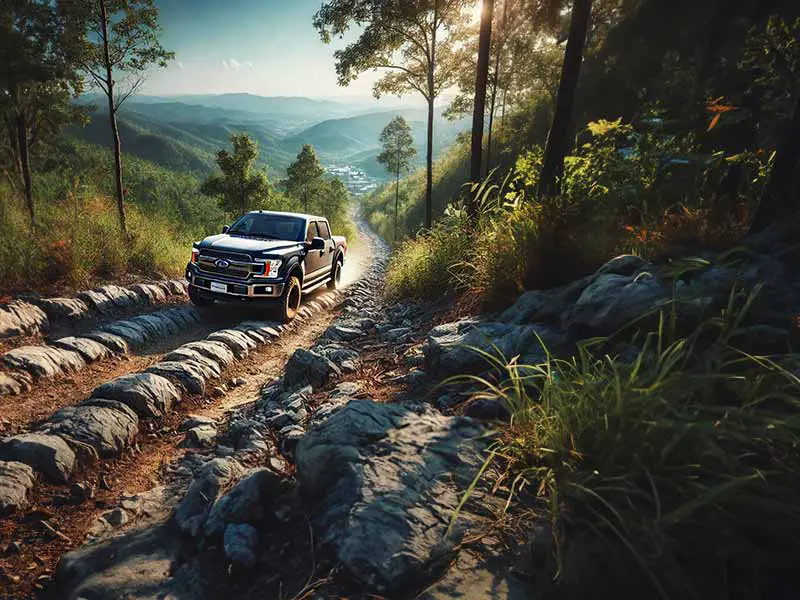Have you ever wondered why modern cars often roll out of showrooms with wheels that look like they belong on a sports car, not a family sedan? The trend towards larger wheels has become increasingly apparent, catching the eye of both car enthusiasts and the everyday driver.
Why Are Car Wheels Getting Bigger?
Car wheels are getting bigger primarily due to advancements in technology and consumer preferences for improved aesthetics and performance. Larger wheels offer better handling, braking performance, and a more striking appearance.
In this article, we’ll explore the historical evolution of wheel sizes, the technological advancements enabling this trend, the performance benefits, the aesthetic and design considerations, and the impact on fuel efficiency and vehicle dynamics. We’ll also discuss the challenges and potential drawbacks before looking ahead to future trends in wheel sizes.
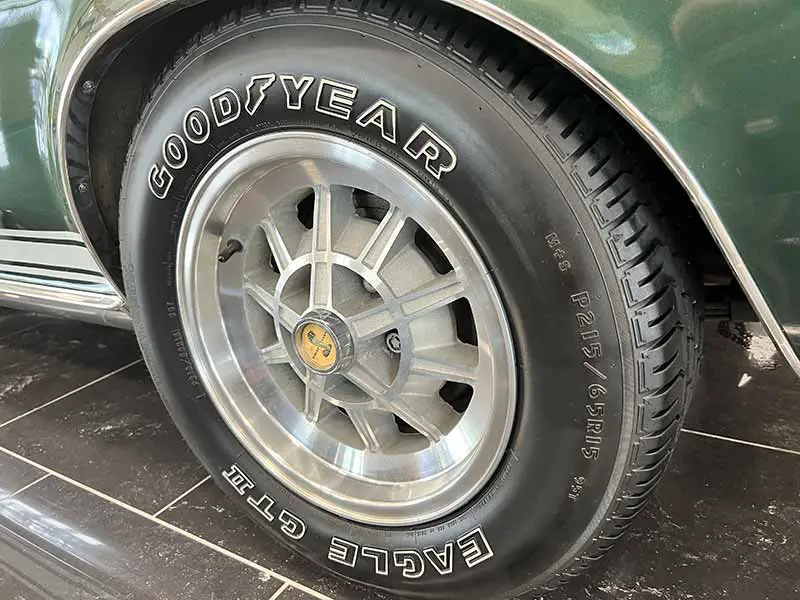
Historical Perspective
The journey of car wheel sizes isn’t just a tale of evolving tastes; it’s a reflection of technological progress and a response to changing consumer demands. Let’s dive into the evolution of wheel sizes in passenger cars and trucks, understanding the shift from quaintly small to impressively large.
The Early Days
- Post-War Era to 1960s: Think about the classic cars from the ’50s and ’60s. Wheels were typically modest in size, often ranging from 13 to 15 inches in diameter. This was a time when compactness and practicality were key.
- Materials and Manufacturing: Steel was the go-to material, limiting the size due to weight considerations. The production methods of the time also favored smaller wheels.
Transition Phase
- 1970s to 1990s: As we moved into the later 20th century, we began to see a gradual increase. Wheel sizes crept up to 16 and 17 inches. This wasn’t just a design choice; it was influenced by the cars themselves getting bigger and heavier.
- Emergence of Alloy Wheels: This era also saw the introduction and rise of alloy wheels. Lighter and stronger than steel, alloys allowed for bigger wheel designs without the penalty of excessive weight.
The Modern Era
- 2000s to Present: Now, it’s not uncommon to see wheels that are 18 inches or larger. In the luxury and performance segments, 20-inch wheels or more are becoming the norm.
- Technology and Trends: With advancements in materials and manufacturing, along with changes in vehicle design and consumer expectations, larger wheels have become feasible and desirable.
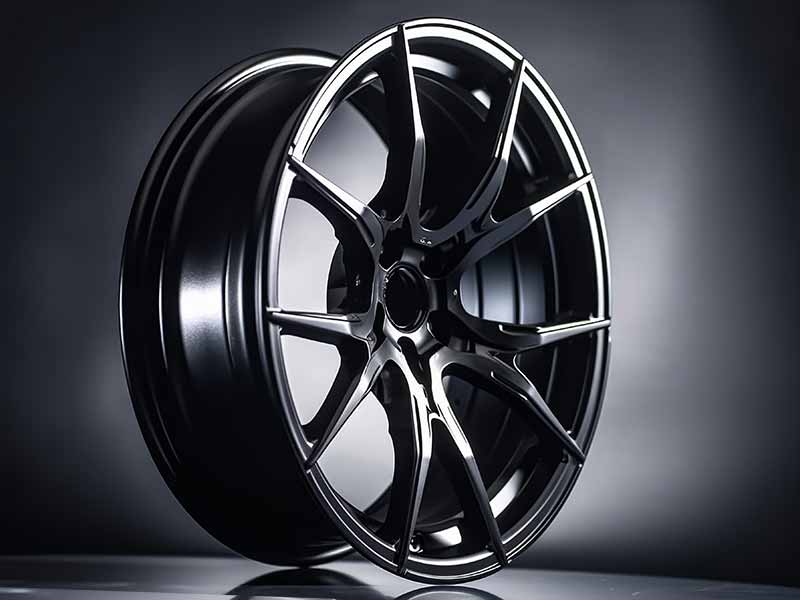
Technological Advancements
In the realm of car wheels, size isn’t just a number; it’s a testament to human ingenuity and technological strides. Let’s explore how advancements in wheel and tire technology have paved the way for the larger sizes we see today.
Material Innovations
- Alloy Wheels: A game-changer in the world of wheel design. Made from a blend of aluminum and other metals, alloy wheels are lighter and stronger than traditional steel. This allows for larger diameters without the drawback of excessive weight.
- Carbon Fiber: The latest in wheel technology. Although more common in high-end and performance cars, carbon fiber wheels offer an exceptional strength-to-weight ratio. They’re ultra-light yet incredibly durable, perfect for large wheel designs.
Manufacturing Techniques
- Precision Engineering: Modern manufacturing techniques have enabled more precise and intricate wheel designs. This precision allows for larger wheel sizes without compromising structural integrity.
- Computer-Aided Design (CAD): CAD technology has revolutionized how wheels are designed. It enables complex calculations and simulations to ensure that larger wheels can handle the demands of modern driving.
Tire Technology
- Low-Profile Tires: As wheels have grown, so have the tires adapted. Low-profile tires, which have shorter sidewalls and wider treads, are better suited for larger wheels. They provide improved handling and a sleeker look.
- Advanced Rubber Compounds: Tire manufacturers have also innovated in the materials they use. Modern tires use advanced rubber compounds that offer better grip, durability, and performance, essential for larger wheels.
Safety and Performance
- Structural Integrity: Larger wheels must maintain structural integrity under high stress. Advances in both materials and design have ensured that these larger wheels are not only aesthetically pleasing but also safe and reliable.
- Braking Systems: With larger wheels, there’s also been a need to upgrade braking systems. Larger wheels provide more space for larger brakes, which means improved stopping power and safety.

Performance Benefits
When it comes to larger car wheels, it’s not just about looking good – there’s a lot going on under the surface. These bigger wheels bring tangible performance benefits to the table. Let’s break down how upsizing your wheels can change the driving experience.
Improved Handling and Stability
- Better Road Grip: Larger wheels typically come with wider tires. This means more rubber is in contact with the road, offering improved traction and stability.
- Responsive Steering: With a larger diameter, wheels respond more quickly to steering inputs. This gives the driver a more connected feel to the road, especially in high-speed or sharp turns.
Enhanced Braking Performance
- Larger Brake Clearance: Big wheels make room for bigger brakes. Larger brake rotors and calipers translate to more powerful and efficient braking.
- Heat Dissipation: Larger wheels help in dissipating heat away from the brakes more effectively, reducing the risk of brake fade during intense usage.
Influence on Ride Quality
- Suspension Dynamics: With larger wheels, the suspension system works differently. The reduced sidewall flex of larger tires can lead to a firmer ride, which some drivers prefer for a sportier driving experience.
- Cornering Performance: Larger wheels can improve cornering performance by reducing sidewall flex and improving tire contact with the road.
Aerodynamic Efficiency
- Reduced Drag: In some cases, larger wheels can be designed to reduce aerodynamic drag, contributing to better overall vehicle efficiency and performance.
- Optimized Design: Modern wheel designs often include aerodynamic considerations, helping to manage airflow around the vehicle for improved stability and efficiency.
The Weight Factor
- Unsprung Weight: While larger wheels can be heavier, advances in materials help to mitigate this. Reducing unsprung weight (the weight of the wheels and suspension) is crucial for maintaining nimble handling and responsiveness.

Aesthetic and Design Considerations
Beyond performance, the shift to larger wheels is significantly influenced by aesthetic appeal and design trends. Let’s delve into how style preferences and automotive design have driven this evolution.
The Role of Consumer Preferences
- Visual Impact: There’s no denying the visual appeal of larger wheels. They offer a bold, assertive look that many car enthusiasts and consumers find attractive.
- Personalization: Larger wheels also allow for greater personalization. With more space for design elements, drivers can choose wheels that reflect their style and personality.
Influence of Modern Car Design
- Proportion and Scale: As cars have grown in size and stature, larger wheels have become necessary to maintain proper proportions. A larger car with small wheels can look unbalanced and less appealing.
- Aerodynamics and Performance: Modern car designs often prioritize aerodynamics and performance, which can be complemented by larger wheel designs.
- Luxury and Status Symbol: In the luxury car market, larger wheels have become a status symbol. They signify a higher level of sophistication and exclusivity.
Trends in the Automotive Industry
- SUVs and Crossovers: The popularity of SUVs and crossovers has significantly influenced wheel size trends. These larger vehicles naturally accommodate larger wheels, reinforcing the trend across the industry.
- Concept Cars and Future Models: Concept cars often showcase large, elaborate wheel designs. These concepts frequently influence production models, pushing the boundaries of wheel size in the consumer market.
Balancing Style and Substance
- Harmony with Vehicle Design: It’s important that wheel size complements the overall vehicle design. Designers work to ensure that wheels not only look good but also harmonize with the car’s lines and shapes.
- Impact on Ride and Comfort: While aesthetics are important, it’s crucial to balance style with practical aspects like ride quality and comfort. Larger wheels can affect these, so a thoughtful approach is necessary.

Impact on Fuel Efficiency and Vehicle Dynamics
As wheel sizes increase, it’s important to consider their effects on fuel efficiency and the overall dynamics of a vehicle. This section delves into these critical aspects.
Fuel Efficiency Considerations
- Weight Factor: Larger wheels are generally heavier, which can affect the vehicle’s fuel efficiency. The increased weight means the engine has to work harder, especially during acceleration.
- Aerodynamic Drag: Bigger wheels can also increase aerodynamic drag. This resistance can lead to higher fuel consumption, particularly at highway speeds.
- Rolling Resistance: The type of tires used with larger wheels can impact rolling resistance. Low-profile tires, often paired with bigger wheels, may increase rolling resistance, affecting fuel economy.
Vehicle Dynamics
- Suspension and Handling: Larger wheels can change how a car feels on the road. The suspension may need to be adjusted to accommodate the change in wheel size, which can alter the vehicle’s handling characteristics.
- Acceleration and Braking: While larger wheels can improve braking performance, they might also affect acceleration. The added weight can lead to slightly slower acceleration times.
- Ride Comfort: The change in wheel size can impact ride comfort. Larger wheels with low-profile tires usually result in a firmer, potentially less comfortable ride due to reduced cushioning from the tire sidewalls.
Balancing Performance with Efficiency
- Optimizing Wheel Size: It’s about finding the sweet spot where performance benefits are balanced with fuel efficiency. This can vary based on the vehicle type and its intended use.
- Technological Advancements: Advances in wheel and tire technologies continue to address these challenges, seeking to minimize the negative impacts on fuel efficiency while maximizing performance benefits.
The Future of Wheel Design
- Eco-Friendly Innovations: As environmental concerns become increasingly important, future wheel designs may focus more on improving fuel efficiency and reducing environmental impact.
- Lightweight Materials: The use of even lighter materials, like advanced composites, could help mitigate the efficiency drawbacks of larger wheels.

Challenges and Drawbacks
While larger wheels have their appeal and benefits, they also come with a set of challenges and potential drawbacks. It’s important to consider these factors to get a well-rounded view.
Increased Cost and Weight
- Higher Expense: Larger wheels and the corresponding tires are generally more expensive. This includes the initial cost and potentially higher costs for replacements and maintenance.
- Weight Implications: Larger wheels add weight to a vehicle, which can affect handling and performance. This is particularly noticeable in smaller vehicles where the added weight is more significant.
Impact on Ride Comfort and Tire Wear
- Ride Quality: The decrease in tire sidewall height with larger wheels can lead to a firmer ride. This might be less comfortable on rough roads or over bumps.
- Tire Wear: Larger wheels with low-profile tires can sometimes wear out faster, particularly if the vehicle isn’t aligned or maintained properly.
Limitations in Terms of Practicality and Efficiency
- Fuel Efficiency: As discussed earlier, larger wheels can negatively impact fuel efficiency due to increased weight and aerodynamic drag.
- Practicality Concerns: In everyday use, especially in urban environments, larger wheels can be more prone to damage from potholes or curb impacts.
Balancing Aesthetics with Functionality
- Aesthetic vs. Practicality: While larger wheels can enhance a vehicle’s appearance, it’s crucial to balance this with practical considerations like comfort, cost, and longevity.
- Vehicle Compatibility: Not all vehicles will benefit from larger wheels. It’s important to consider the make and model of the car and how wheel size changes could impact its overall performance and utility.
Looking Forward
- Consumer Awareness: As consumers become more informed about the implications of larger wheels, choices may become more balanced between aesthetics and practicality.
- Industry Adjustments: The automotive industry may also adapt, finding new ways to deliver the benefits of larger wheels while mitigating the downsides.
Resources
Below are some links you may find helpful when learning about tires:
- What difference does the wheel size make? – J.D. Power
- Can we please just go back to using smaller wheels and tires? – Ars Technica
Final Thoughts
From enhanced performance and handling to the impact on fuel economy and ride comfort, the decision to go bigger isn’t just about style.
It reflects a broader narrative of technological progress, evolving design preferences, and a continued push towards personalization in our vehicles.
As we’ve seen, the right balance between wheel size, functionality, and aesthetics is key.
Good luck and happy motoring.
